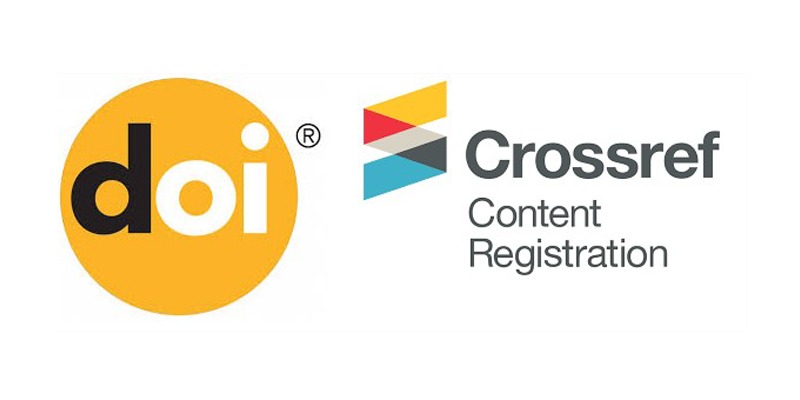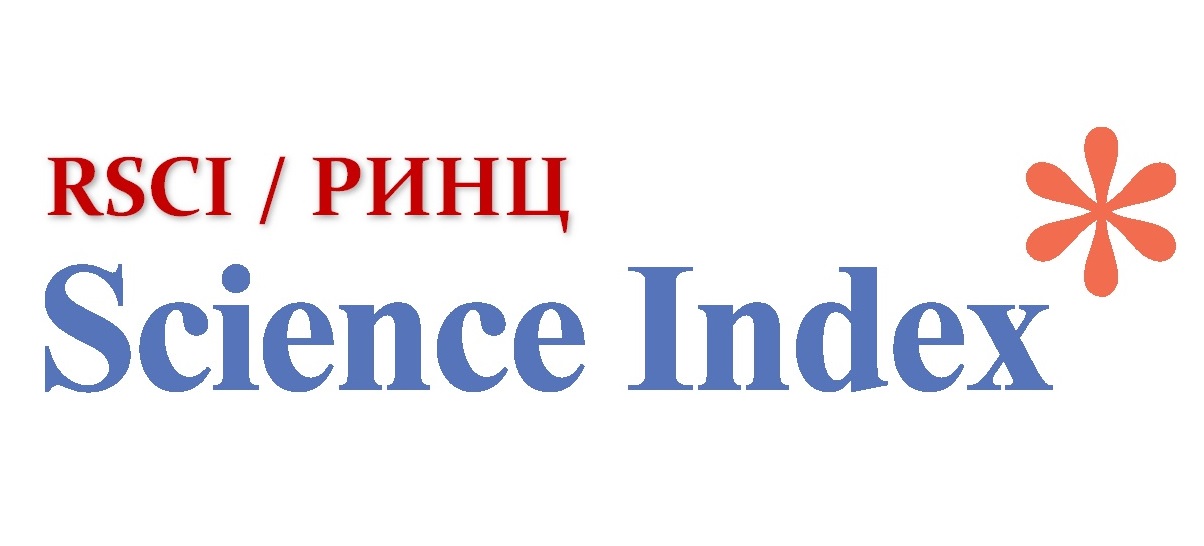ARTICLE REVIEW PROCEDURE
- The manuscript submitted by the author is received by the editorial office of the journal (two versions of the manuscript, one of which must not contain any information about the authors — full names, places of work, or any identifying data).
The specialist of the Department of Scientific Publications and Scientometric Resources responsible for the journal (editorial office) — the journal manager — checks the manuscript for compliance with technical requirements.
Along with the manuscript, the author submits a cover letter (according to the journal’s template) confirming the independent nature of the work, consent to plagiarism checking, inclusion of the article in various databases and information systems (including full-text versions), in case of publication, and the transfer of exclusive rights to the publisher. - The journal manager performs an originality check of the manuscript using the licensed automated plagiarism detection system (https://antiplagiat.enu.kz/).
A complete electronic plagiarism report is generated (the threshold originality percentage is 80%). - The journal manager forwards the article that has passed the originality threshold to the Editor-in-Chief (or Associate Editor / Deputy Editor-in-Chief for the respective field).
The Editor-in-Chief evaluates the article’s relevance to the journal’s thematic scope.
If the topic is deemed unsuitable, the editorial office sends the author a formal letter explaining the reason for rejection.
The initial review process usually takes two weeks. - The Editor-in-Chief (or the responsible Associate Editor) appoints a reviewer, a scholar or specialist in the relevant field, for each article that has passed the preliminary screening.
- The journal manager sends the manuscript along with the plagiarism report to the reviewer for evaluation and to determine the possibility of publication.
- The journal follows a double-blind peer-review procedure, meaning that the identities of both authors and reviewers are kept confidential.
The reviewer provides a substantiated review, addressing the relevance of the topic, the author’s contribution to the scientific field, and the quality of the obtained results.
Each review includes a recommendation — to publish (with or without revision) or to reject the manuscript.
All reviews are submitted to the editorial office. - If a review requests revisions, the author must submit a corrected version of the manuscript as soon as possible.
The revised version is then sent back to the reviewer for re-evaluation.
This process continues until the reviewer gives a final decision.
If the author formally agrees with the reviewer’s comments but repeatedly fails to address them properly (after three rounds of revision), the manuscript is rejected.
If the author disagrees with the reviewer’s remarks, they must submit a reasoned letter to the Editor-in-Chief, who then makes the final decision. - All reviews and the decision of the editorial board are sent to the corresponding author indicated in the article’s metadata.
The final version of the article, along with the reviews, plagiarism report, and other related materials, are presented at an editorial board meeting.
The board decides on publication based on the reviewers’ feedback.
Articles that receive a negative review and are rejected by the editorial board will not be reconsidered.
In case of disputes, the final decision rests with the Editor-in-Chief.
On average, the decision-making process takes up to 8 months. - Articles are published in the general queue according to the readiness of materials.
The editorial board reserves the right to organize the publication order according to the sections of upcoming issues. - Once the content of an issue is finalized, the journal manager organizes the proofreading of articles (in Kazakh, Russian, and English) and the layout of the journal.






